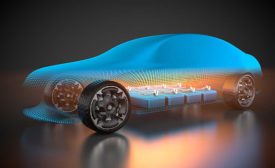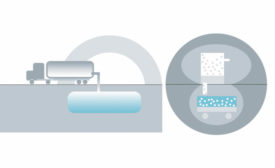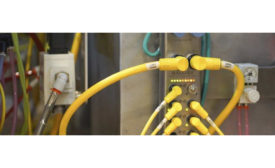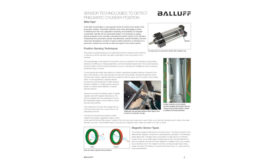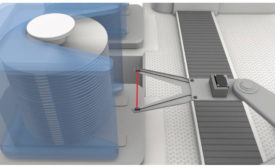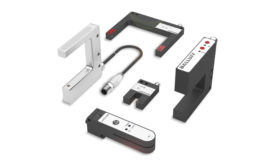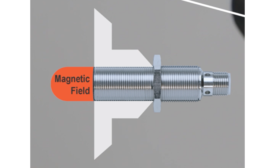Home » sensors
Articles Tagged with ''sensors''
sponsored content
Balluff Photoelectric R81K Series Delivers Reliable Detection Up to 20m
Bullnose Sensors Available in Retroreflective, Diffuse, Background Suppression and Through-Beam Styles
June 16, 2022
Making Sense of Battery Management System Sensors
Small sensors play a big role in EV efficiency and performance.
May 27, 2022
Sponsored Content
Balluff Adds Inductive Sensors with CSA Approval for US and Canada
EX Sensors Meet Demands of Explosive-Hazard Areas
April 28, 2022
Sponsored Content
Triangle Package Machinery reduces bagger footprint by 60%
IO-Link increases efficiency and reduces machine footprint
March 29, 2022
Sponsored Content
Sensor Technologies to Detect Pneumatic Cylinder Position
March 29, 2022
Sponsored Content
Add Safety and Accessibility With Remote Amplifiers
Why did the sensor cross the road? To work remotely, of course.
March 29, 2022
Sponsored Content
Food for Thought: Should a Fork Sensor be Your First Choice?
December 20, 2021
Sponsored Content
Flush, Non-Flush, or Factor 1? Which Inductive is Best for Your Application?
December 20, 2021
Never miss the latest news and trends driving the manufacturing industry
Stay in the know on the latest assembly trends.
JOIN TODAY!Copyright ©2024. All Rights Reserved BNP Media.
Design, CMS, Hosting & Web Development :: ePublishing



